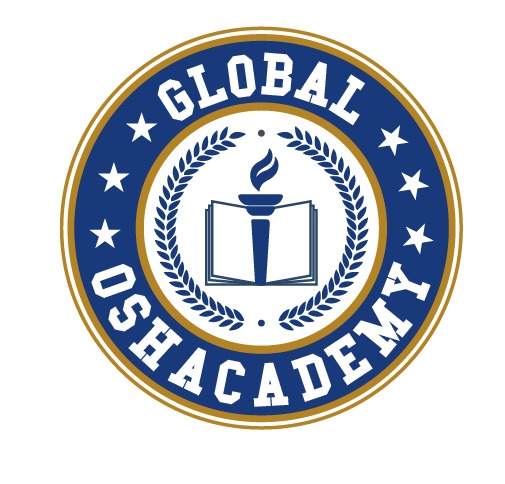Occupational Health and Safety Audit
Ensuring health and safety in the workplace relies heavily on maintaining safe working conditions and adhering to relevant regulations. When these standards are ignored or hazards are overlooked, workplace accidents often occur. Investigations following such incidents frequently reveal that the organization failed to conduct an occupational health and safety audit — a critical tool for hazard control. The main purpose of the audit is to evaluate how well the organization complies with established safety protocols. It goes beyond simply identifying hazards; it involves a thorough review of the entire occupational health and safety management system.

The key to health and safety in workplace is promoting safe work condition and compliance with the regulations. However, flaunting the norms or unaware of the potential hazard yield in workplace accidents. Outcome post-accident investigation reflects that the organization has not carried out occupational health and safety audit, which is considered as tool of controlling hazard. The objective of the audit is to assess compliance with established guidelines. This audit is not just confined to hazard identification, rather a comprehensive examination of OHS management. Avail best of the OHS audit from GlobalOSHA academy professionals for ensuring a safe workplace. We render OHS auditing services to needy corporates in the following areas:
- Development and risk assessment of policies
- Drafting and review of general health and safety policy statements
- Policy updates and validation
- Identification and assessment of workplace hazards
- Risk evaluation and prioritization
- Recording key findings and communicating them effectively to employees
- Displaying emergency contacts prominently Well illumination of workplace
- Lighting and Illumination:
- Assessing the adequacy of natural lighting
- Ensuring proper illumination across workspaces
- Lighting evaluations for staircases and other critical zones
- Installation and assessment of emergency lighting provisions
- Conducting detailed illumination surveys
- Environmental Conditions:
- Reviewing ventilation systems for effectiveness
- Evaluating welfare facilities for employee well-being
- Auditing housekeeping and waste disposal practice
- Inspecting material storage protocols
- Assessing the safety of floors, aisles, and walkways
- Special Work Practices and Hazardous Areas
- Review of mechanical and thermal hazard controls
- Fire safety system checks
- Electrical system safety audits
- Safe handling and management of chemicals and flammable liquids
- Evaluation of biological hazard control
- Emergency Response and Preparedness:
- Inspection of emergency equipment readiness
- Planning for safe egress and efficient evacuation
- Technical and Compliance Inspections:
- Plant and site technical audits
- Comprehensive compliance verification
- Safety Management and Prevention:
- Reviewing management’s commitment to safety
- Strategies for preventing incidents and accident
- Assessing readiness for medical emergencies and first aid
- Ensuring proper use and management of personal protective equipment (PPE)
- Identifying and mitigating slip, trip, and fall hazards
- Evaluating safety signage placement and effectiveness
- Conducting ergonomic assessments for workstation safety

